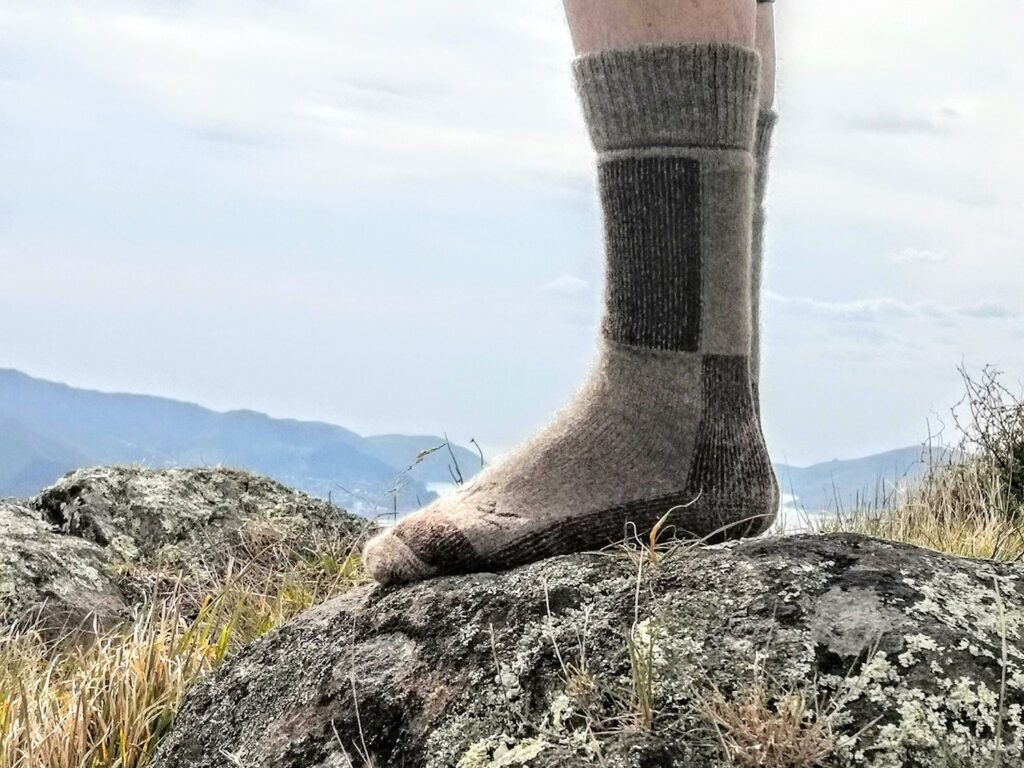Fun Facts About Socks
Socks are a wardrobe staple that most of us wear every day, but do you know where the tradition of wearing socks started? And why do we wear them? From its history to the different styles of socks, there is a lot to learn about this everyday clothing item. Here are some fun facts about socks that you may not have known! Make sure to check our fun facts about bets blog post.
“What You Didn’t Know: Fascinating Fun Facts About Socks”

When it comes to fashion, socks are sometimes overlooked. They are a small accessory that can add a pop of color or texture to an outfit, yet they often go unnoticed. But did you know that there is more to socks than meets the eye? Here are some fascinating facts about socks that you may not know.
First of all, socks have been around since Ancient Egypt. People would make socks using animal fur and leather to keep their feet warm. In the Middle Ages, socks were made from linen or silk and were often embroidered with intricate patterns.
Furthermore, the first elastic socks were invented in the 19th century. These socks were designed to hug the calf and ankle and offer more support. In the 20th century, athletic socks were created to help athletes perform better.
In addition, socks are a popular item in the fashion industry. Men’s socks are usually made of cotton or wool, while women’s socks come in a variety of fabrics and colors. Women’s socks also have lace, ruffles, and other design elements.
Finally, socks have been used in various scientific experiments. In the 1920s, scientists used socks to measure the effects of heat and cold on the human body. Today, socks are still used in medical research to study the effects of exercise on the feet.
Socks are not just an accessory; they are a part of history and science. Whether you’re dressing up or dressing down, remember that your socks can make a statement. Now that you know more about socks, you can appreciate them even more.
“Sock It To Me: 10 Surprising Facts About the History of Socks”
- The earliest known socks were made of animal skins and date back to the 5th century.
- The oldest surviving pair of socks, dating back to the late 4th century, were found in Egypt.
- The Romans were the first to introduce knit socks, which were often made from matted animal fur.
- In the Middle Ages, socks were a sign of wealth and status.
- During the Renaissance, socks were made of luxurious fabrics such as velvet, silk, and even gold and silver threads.
- By the 17th century, socks had become a commonplace item of clothing.
- By the 19th century, the industrial revolution had ushered in mass production of socks, making them accessible to a much wider audience.
- During World War I, socks became a symbol of patriotism as soldiers knitted them for their fellow troops.
- In the 1920s, women’s socks became shorter and more colorful, reflecting the changing fashion trends of the era.
- Today, socks come in a variety of materials, colors, and styles, and can be used to make a fashion statement or simply to keep our feet warm.
“Discover the Fascinating Facts Behind Your Favorite Footwear: How Socks Have Changed Over Time”
Throughout history, socks have been an integral part of fashion and function. From the earliest days of human civilization, socks were worn to protect the feet from the elements and provide warmth. Over time, the design and materials used in the production of socks have evolved to keep up with the changing needs of their wearers. In this article, we will explore the fascinating history of socks and how they have changed over time.
The earliest socks were likely made of animal skins, which were worn by ancient Greeks and Romans. By the Middle Ages, knitted socks had become popular, primarily in Europe. These knitted socks were made from wool, linen, or cotton and were often brightly colored. At this point in history, the socks were not intended to be worn with shoes, but rather with sandals or clogs.
By the 16th century, socks had become a fashion statement. Men’s socks were often highly decorated with bright colors and intricate designs, while women’s socks were more subdued and often featured lace or other decorative elements. In addition, the use of elastic in socks became popular during this time, allowing wearers to more easily adjust the fit of the sock.
In the 19th century, the advent of the industrial revolution revolutionized the production of socks. Mass-produced socks became widely available and were made from a variety of materials, including cotton, wool, rayon, and nylon. Additionally, the use of elastic was further refined, allowing for a better fit and greater comfort.
In the 20th century, socks continued to evolve and became available in a variety of styles. Ankle socks became popular in the 1930s, while crew socks gained popularity in the 1950s. During this era, the introduction of synthetic fibers allowed for a more comfortable fit and more durable fabric.
Today, socks come in a wide range of styles, fabrics, and colors. From colorful ankle socks to durable wool socks, there is a style of sock to fit every need. In addition, advancements in technology have enabled the production of socks with special features, such as moisture-wicking fabric and antimicrobial treatments.
The evolution of socks has been driven by the changing needs of its wearers. From its humble beginnings as a simple piece of animal hide to the high-tech fabric of today, socks have come a long way. As technology continues to progress, we can expect to see even more innovations in the future of sock design.